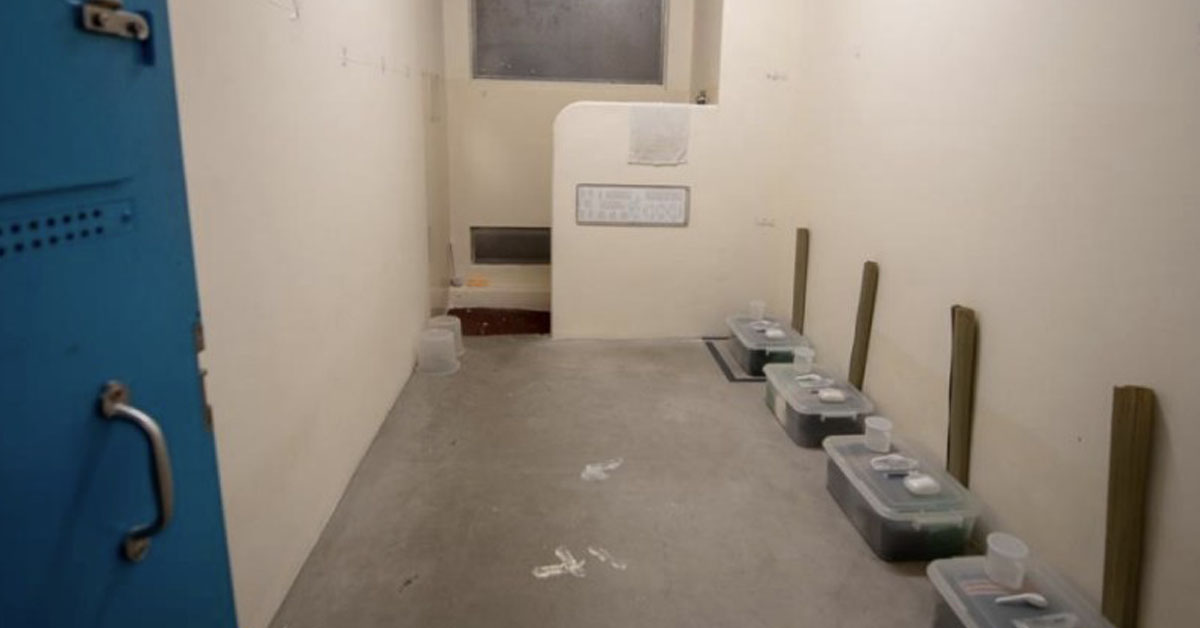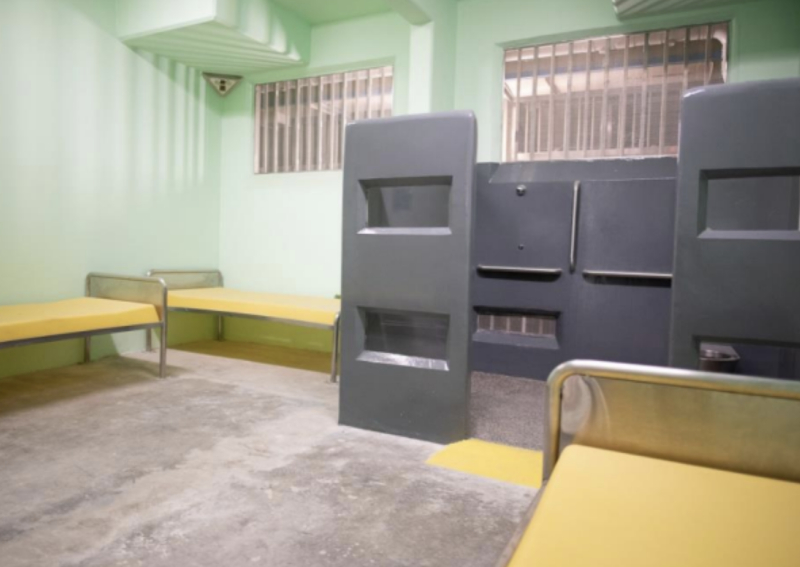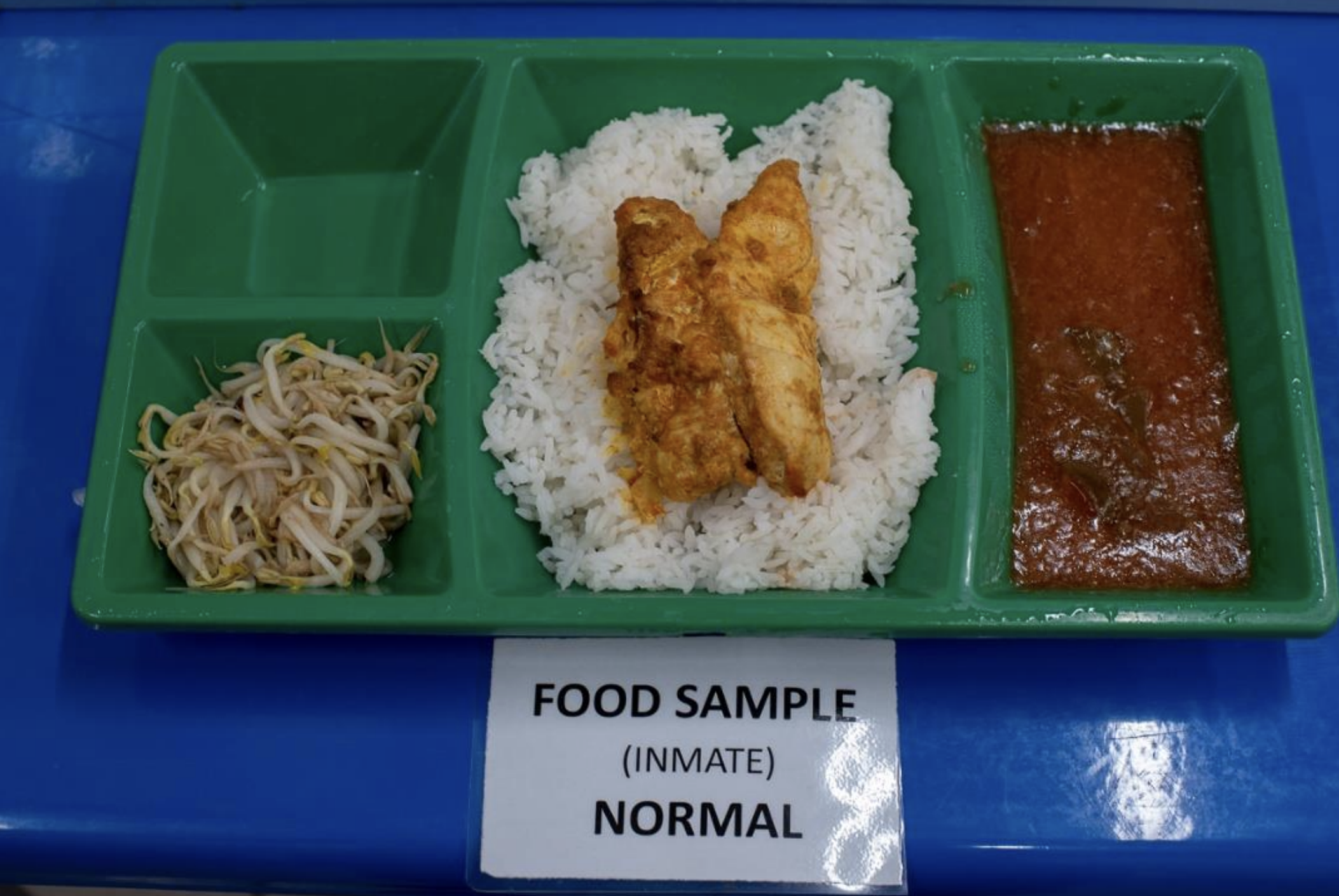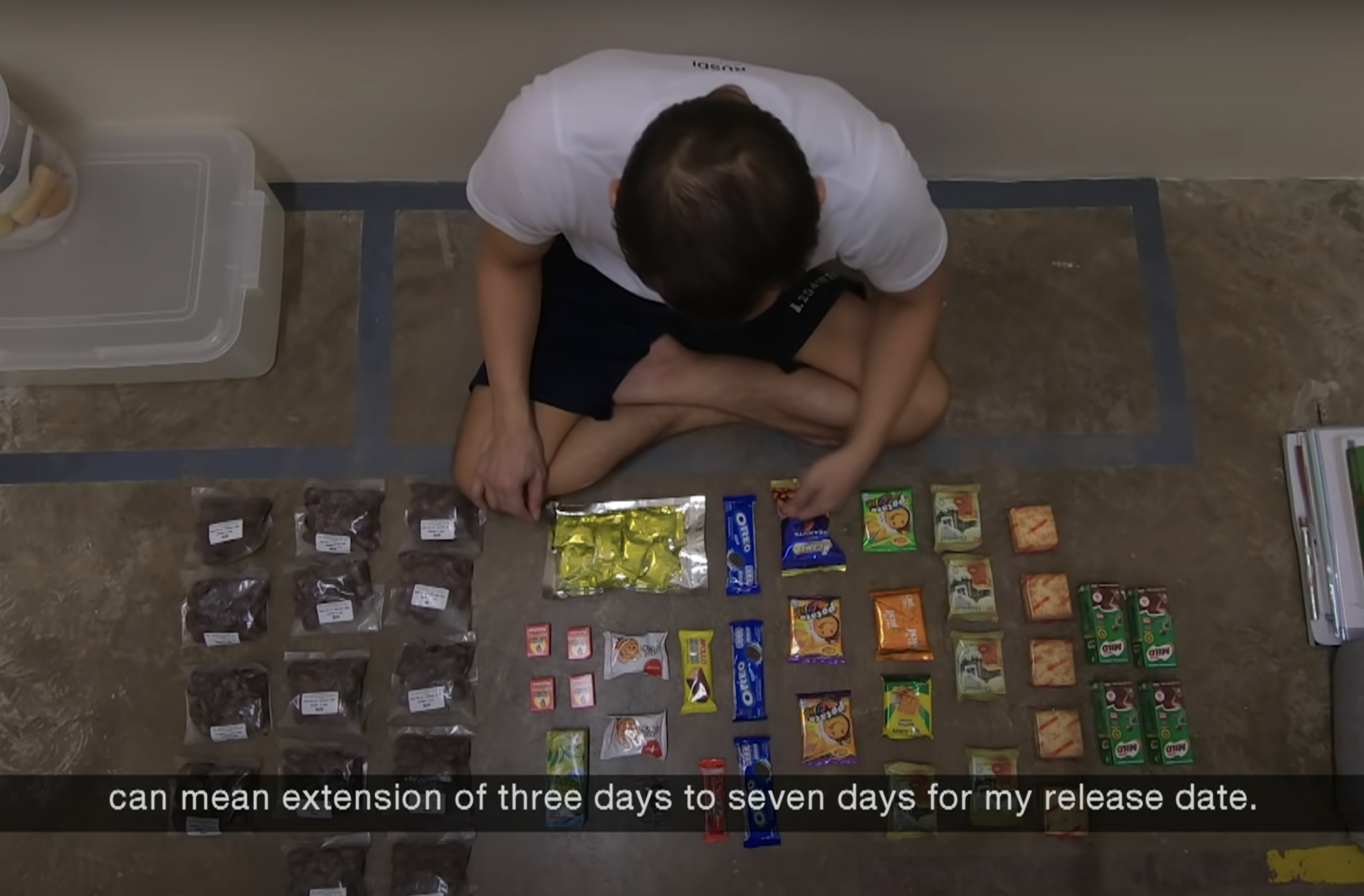When it comes to prison inmates, there’s always a dichotomy about how they should be treated, what rights they should have or deserve.
And it’s hard for us to begin imagining ourselves in their shoes; we’re taught to be law-abiding citizens from young, so even the mere idea of committing a crime can be appalling.
But some part of us will wonder.
Hence, when a Channel News Asia documentary offers a rare insight into the lives of five inmates in Changi Prison Complex was released at the start of this year, it drew massive interest from viewers with the never-before-seen footage of the locked facility
Presently, the first episode of Inside Maximum Security has nearly seven million views on YouTube.
There are a total of four episodes.
The “Dehumanising” Circumstances of Prison
Oh, the reviews of the documentary were loud.
Some viewers voiced their concerns about prison conditions, one going as far as describing it as “dehumanising”, since the inmates have to sleep on the floor with just straw mats.

Others questioned if these harsh conditions would even be conducive for rehabilitation.
One comment on YouTube read, “They sleep on the floor and don’t have a bed [and] pillow… Not sure how anyone can look at this and deem it better than other prisons.”
Owing to the build-up of comments, it’s unsurprising that the subject was eventually to the fore.
In the Parliament session of 4 July, Law and Home Affairs Minister K Shanmugam noted that the documentary has garnered a substantial amount of interest in prison operations and conditions, adding that several Members of the Parliament (MP) have asked questions regarding jail conditions and rehabilitation.
Why Are There No Beds?
One of the main questions that popped up after the documentary was aired was why the inmates in Changi Prison were sleeping on straw mats rather than beds.
Shanmugam explained that the inmates featured were in a “regular cell, made to fit either four or eight people. Every inmate is provided with a straw mat and two blankets because of the “hot and humid climate”.

Then there’s hygiene issues.
Look, if even hotels have problems with such things on occasion, why would a prison cell fare any better? Especially when there isn’t a dedicated cleaning crew and it’s a whole bunch of people cleaning up after themselves, responsibilities passed down with every changing inmate.
Shanmugam also elaborates that straw mats “minimise the security risks” of inmates hiding contraband items in their cells. The interiors of the prison cells tend to go unsupervised by staff, besides the surveillance cameras.
For inmates that require more care due to old age or mobility issues, there are beds available in the medical wards or correctional units, catered for assisted living.

The Bad Tasting Food
In the CNA documentary, several inmates were very critical of their food served, with one giving his mee goreng a big, fat zero.
My guy, do you want us to invite Gordon Ramsay or something?
Granted, Shanmugam doesn’t exactly refute whether the food tastes good or not in prison.
He merely states that the meals provided to the inmates are “based on a dietitian’s recommendations” to meet the necessary nutritional requirements.
Sustenance and subsistence first, taste secondary.
It is shown in the documentary that breakfast is bread with spreads like butter, ham and chocolate, with a hot beverage to match. For lunch or dinner, either noodles or rice is served with some dishes.

The Minister for Home Affairs and Law adds that inmates with special dietary requirements are looked after as well, raising the examples of diabetics that are given a low-sugar diet while inmates with gout are given low-purine meals.
When MP Zulkarnain Abdul Rahim inquired if inmates could be given night snacks since they won’t have any food between dinner and breakfast, Shanmugam responded, saying that inmates were allowed to buy more food from the canteen.
He also stated that inmates with good behavioural records are given certain privileges, such as a food pack that they can redeem.
This is featured in the documentary, where one inmate shows off his collection of snacks that he bought using the points he accumulated for good behaviour.

He could almost run a mamak store in prison.
Everything is neatly laid out too.
Join our Telegram channel for more entertaining and informative articles at https://t.me/goodyfeedsg or download the Goody Feed app here: https://goodyfeed.com/app/
Prisons are Not Luxurious Staycations in Singapore
It should be said that even before the documentary was released, there have been debates surrounding prison conditions in Singapore.
In the case of David Roach’s extradition, a Canadian that was imprisoned after an armed robbery, an expert witness told the United Kingdom’s courts in 2018 that Singapore’s prison conditions are basically a human rights violation, since eating in a cell with a modesty wall is “effectively eating in a toilet”.
Well, not the first time we’ve been accused of violating human rights…
He also expounded on other allegations like the lack of privacy and overcrowding.
On this topic, Shanmugam shared that Singapore’s prisons were currently operating at 70% of its intended capacity. Moreover, overcrowding is a problem commonly faced worldwide, according to a United Nations Office of Drugs and Crime report collated in 2021.
He acknowledges that jails in Sweden and Norway are more luxurious, to the point where they can be “mistaken as condominiums”, Shanmugam declared that this wasn’t Singapore’s approach.
“Singapore’s prison conditions do not follow another jurisdiction’s standard just for the sake of doing so,” he said.
On Race and Prison Statistics
Another question that came up during the Parliament session was on the racial composition of the prison inmate population and criminal offenders.
Shanmugam said that disclosing such data publicly would do more harm than good, as it might deepen racial stereotypes.
He added that minorities are “disproportionately represented” in crime statistics, and the government needs to be careful when disclosing such information.
He believes that without the due caution, it would undermine Singapore’s efforts to build harmonious relations among all the races, and it would make it more difficult for the nation to achieve true racial harmony.
Apparently, the government has previously consulted different groups and community leaders to ask for their views on whether such race-based data should be released.
The unanimous view was that it won’t be of benefit to Singapore’s society and communities and might even encourage stereotypes that would damage community relations.
Rather than looking at the racial breakdown, Shanmugam thinks that it’s more important to consider the contributing factors which could cause a person to commit a crime and mitigate that.
Read Also:
- Lawyer Who Acted for Executed M’sia Drug Trafficker Probed for Allegedly Acting as Lawyer When Practising Cert Has Expired
- Man Fined After Lying That He Has COVID-19 to Skip an NTU Research Study
- Defence Minister Ng Eng Hen Responded to Dr Mahathir’s Remarks That M’sia Should Reclaim S’pore
- 8 Damning Accusations of Jeff Ng That Would Have Made Ivan Lim a Saint
Featured Image: Ministry of Home Affairs
Would you be jailed for being half-naked in public? Well, the answer will shock you. Seriously. Watch this to the end and you'll understand:



